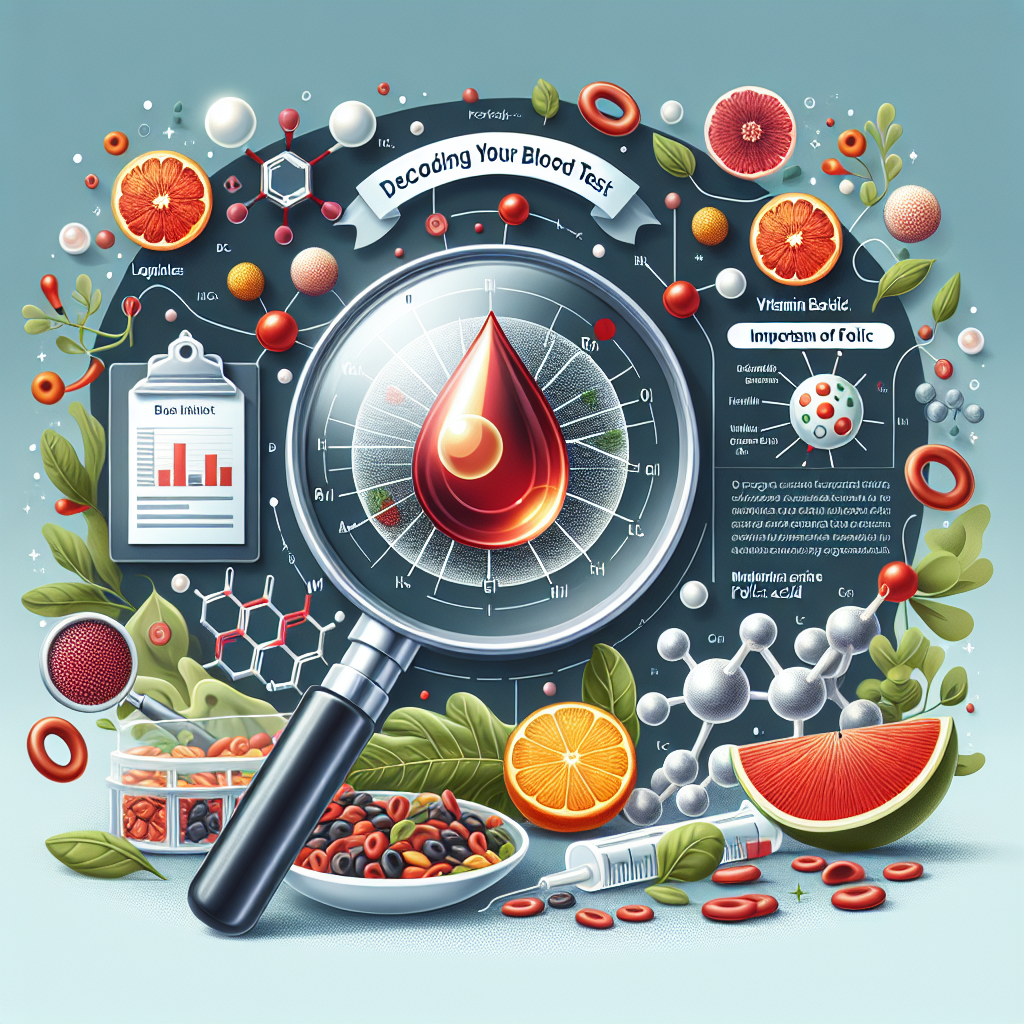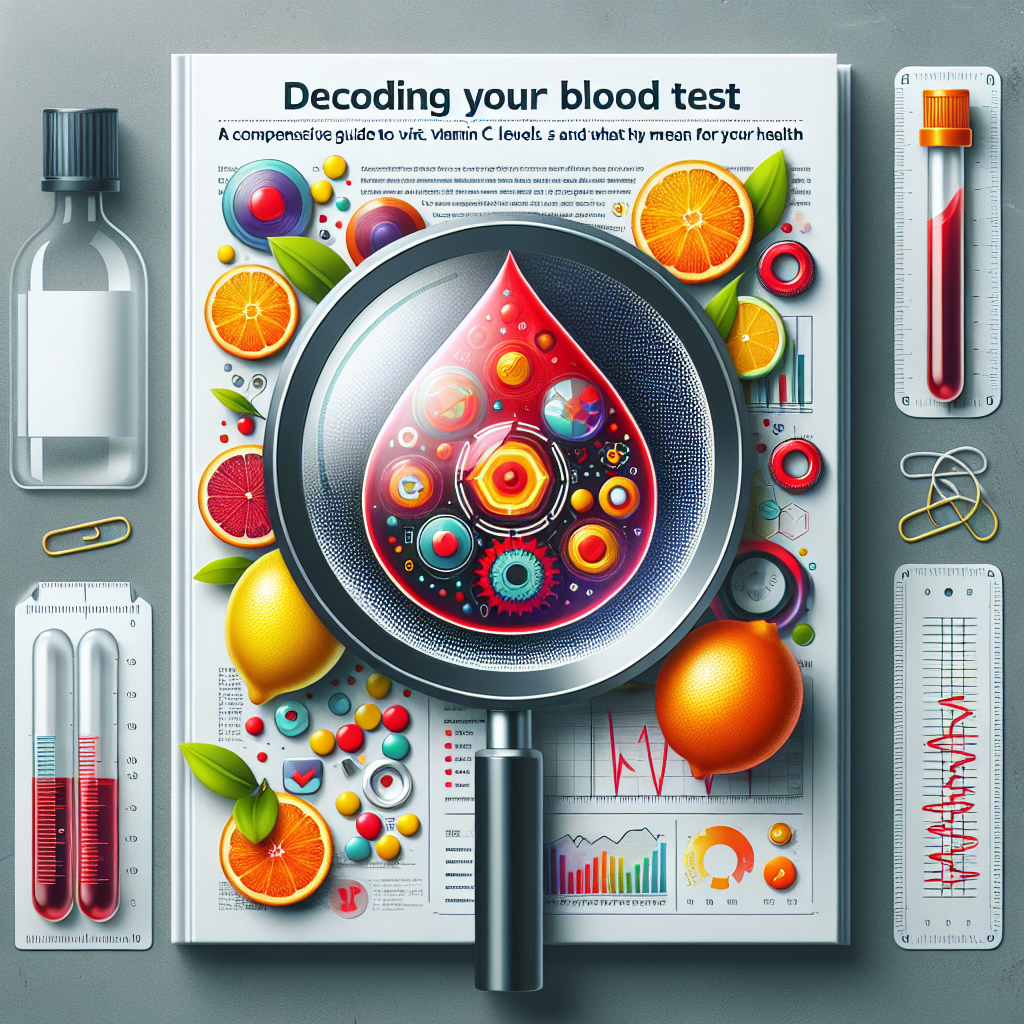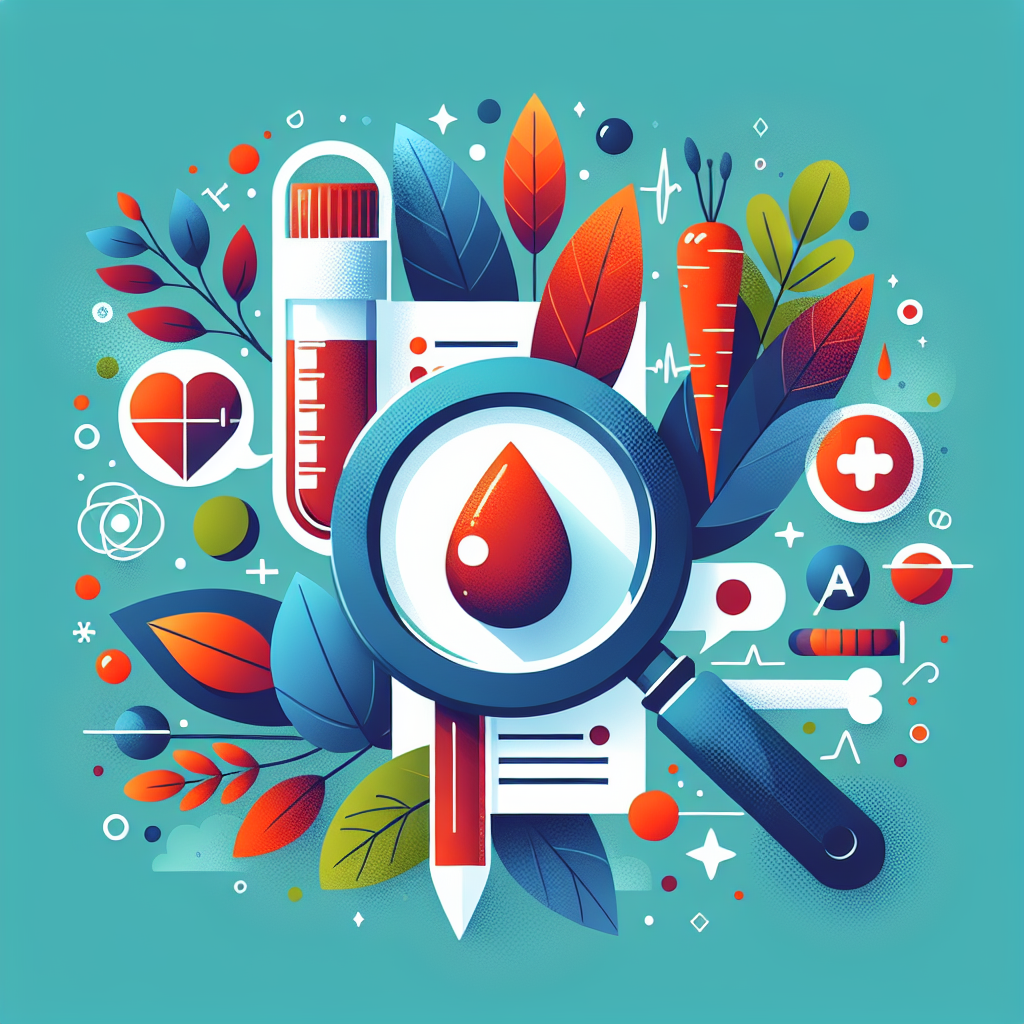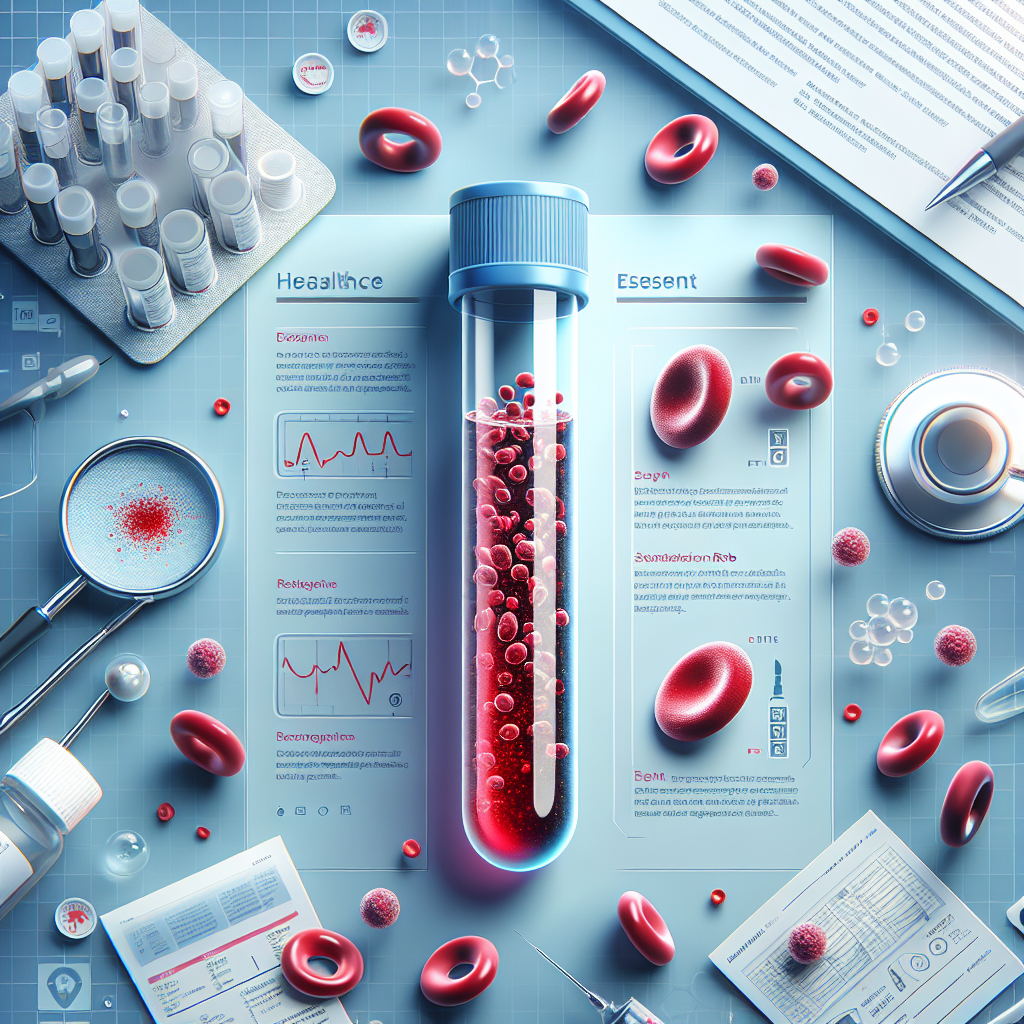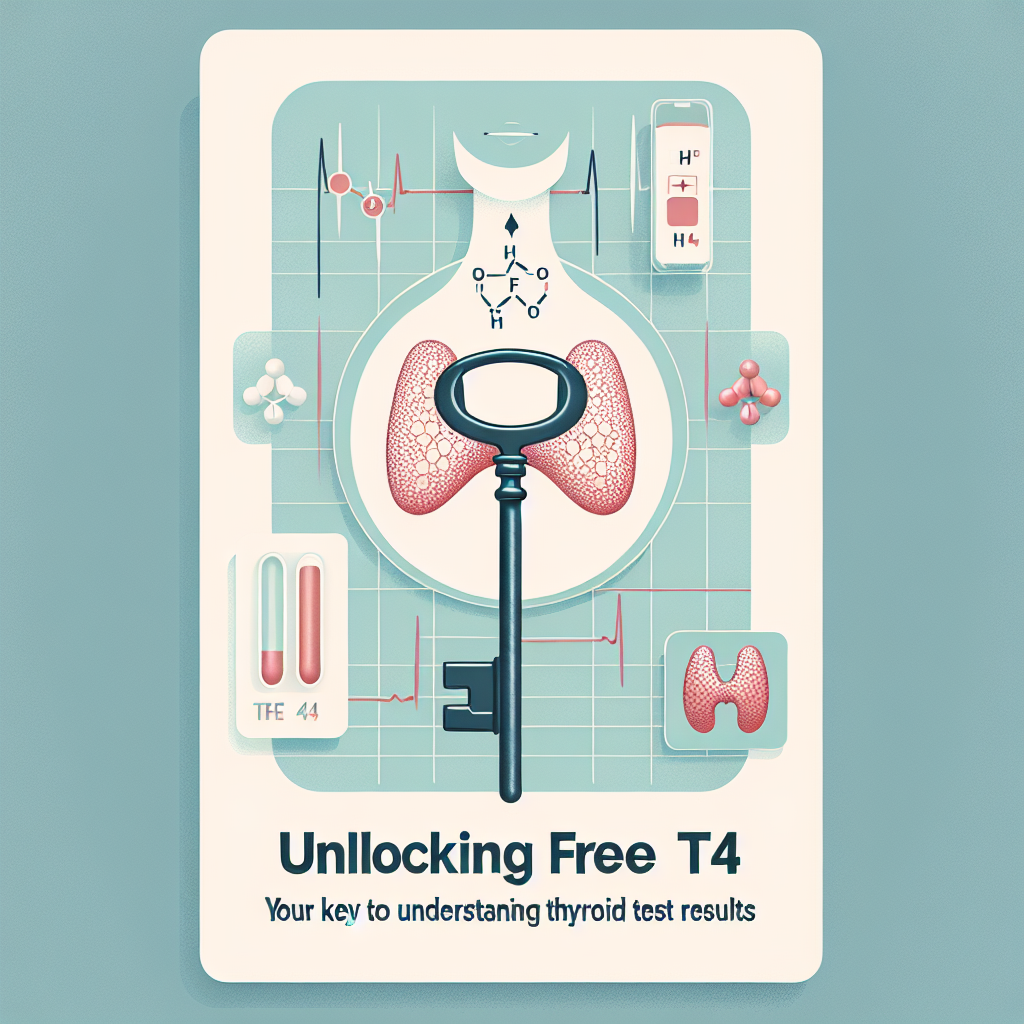While reviewing your latest blood test results, you may come across the entry for “Vitamin E” or “Tocopherols.” Next to it, you’ll find a numerical value along with a possible indicator. It’s only natural to question what this number signifies for your health and well-being.
This article aims to provide clear and factual information. We will explain what Vitamin E is, discuss the importance of measuring its levels, and guide you on how to interpret your results without delving into complicated medical jargon. Our goal is to dispel confusion and empower you with knowledge for productive conversations with your healthcare professional.
What is Vitamin E?
Vitamin E encompasses a group of eight fat-soluble compounds rather than referring to a single substance. The most vital of these for human health are tocopherols, with alpha-tocopherol being the form the body primarily utilizes.
Origin and Function
Since your body cannot produce Vitamin E independently, it must be sourced through your diet. This nutrient is largely present in vegetable oils (such as wheat germ and sunflower oil), nuts (like almonds and hazelnuts), seeds, and select green leafy vegetables. After consumption with fats, Vitamin E gets absorbed in the intestines, and the liver subsequently distributes it to cells via the bloodstream.
The primary function of Vitamin E is its powerful antioxidant properties. It protects your cell membranes, which are high in fats and vulnerable to oxidative damage caused by unstable molecules known as free radicals. By neutralizing these free radicals, Vitamin E helps prevent cellular damage.
Why Measure Vitamin E Levels?
Measuring blood levels of Vitamin E fulfills several important roles. It helps assess your nutritional status concerning this vitamin and can aid in diagnosing deficiencies (a lack) or, albeit less frequently, an excess of Vitamin E.
This test is particularly crucial for individuals with conditions affecting fat absorption (such as intestinal, liver, or pancreatic disorders) or those experiencing specific unidentified neurological symptoms. Knowing your Vitamin E level can shed light on the balance between oxidative stress and your body’s protective mechanisms.
The Importance of Understanding the Role of Vitamin E
Your Vitamin E level transcends mere numbers on a report; it signifies a crucial aspect of your body’s defenses and interacts with many physiological systems.
Metabolic Interconnections
Optimal Vitamin E levels are fundamental for a properly functioning immune system. Its effects are seen in skin and eye health, as well as in cellular communication. Additionally, Vitamin E works in synergy with other antioxidants like Vitamin C and selenium, forming a comprehensive defense system. An imbalance can lead to various negative effects; for example, severe deficiencies can compromise red blood cell integrity, resulting in a specific type of anemia known as hemolytic anemia.
Consequences of an Imbalance
Chronic Vitamin E deficiency, even when mild, can silently damage the body over years, especially targeting the nervous system. Symptoms might manifest as muscle weakness, balance difficulties, or a loss of sensation.
Conversely, a significant excess of Vitamin E, usually resulting from uncontrolled supplementation, can raise bleeding risks by interfering with Vitamin K, a nutrient crucial for blood clotting.
Prevalence and Decision Making
In developed countries, severe Vitamin E deficiencies in otherwise healthy adults are rare and usually affect individuals with fat malabsorption disorders. However, inadequate dietary intake may be more widespread.
Any blood work indicating a Vitamin E level outside the recommended range should prompt a discussion with your healthcare provider. They can investigate potential underlying causes (such as dietary issues, malabsorption, or supplementation) to offer tailored advice.
How to Read and Understand Your Test Results
When reviewing your medical report, locate the section labeled “Vitamin E” or “Alpha-tocopherol.” Here’s how to make sense of this information.
- The Measured Value: This represents your blood concentration of Vitamin E, typically indicated in milligrams per liter (mg/L) or micromoles per liter (µmol/L).
- Reference Values: Accompanying your result, the laboratory will provide a reference range (for example, 5.5 – 17.0 mg/L). These figures reflect the typical range found in 95% of healthy individuals and may vary slightly between labs.
- Visual Indicators: Symbols such as an asterisk (*), or the letters H (for High) or L (for Low), might indicate that your result is out of the specified range.
This initial reading provides a foundation for understanding but is not a diagnosis. Only a medical professional can accurately interpret these results concerning your overall health.
Medical Conditions Related to Abnormal Vitamin E Levels
A Vitamin E level that deviates from the reference range can signal various conditions, ranging from simple dietary changes to more serious health issues.
Low Vitamin E Levels (Deficiency)
A deficiency in Vitamin E typically arises due to another underlying health issue.
- Main Causes: The leading cause of low Vitamin E levels is fat malabsorption. Conditions like celiac disease, Crohn’s disease, pancreatic insufficiency, or specific liver disorders impede the uptake of fat-soluble vitamins. Rarely, genetic issues or severe malnutrition may be responsible.
- Associated Symptoms: Symptoms may develop gradually over the years and primarily relate to neurological issues, including balance and coordination problems (ataxia), muscle weakness (myopathy), and diminished sensation or reflexes. Anemia may also arise due to red blood cell destruction.
- Complementary Tests: Physicians may recommend further testing to assess liver or pancreatic function or to look for indicators of celiac disease.
High Vitamin E Levels (Excess)
Vitamin E excess is generally rare and can be traced to identifiable causes.
- Main Cause: Elevated levels are almost always a result of excessive and prolonged supplementation; it’s virtually impossible to reach toxic levels through diet alone.
- Mechanisms and Symptoms: High doses of Vitamin E can disrupt blood coagulation due to its effect on Vitamin K. This can increase bleeding risks, leading to symptoms like easy bruising, nosebleeds, or delays in wound healing.
- Complementary Tests: A coagulation time test (PT/INR) might be recommended, especially for patients under anticoagulant treatment.
Practical Advice for Abnormal Results
If your Vitamin E levels fall outside the normal range, it is crucial to address this with your health care provider. Below are some suggested steps.
If Your Level is Low
- Adjust Your Diet: Boost your intake of Vitamin E-rich foods. Incorporate sources such as cold-pressed vegetable oils, almonds, hazelnuts, sunflower seeds, and avocados. Sufficient consumption of healthy fats is important for optimal absorption.
- Discuss Supplementation: Avoid starting any supplementation without a doctor’s advice. If a deficiency is confirmed, your physician can recommend an appropriate dosage tailored to your needs.
- Identify the Cause: It’s important to address the underlying issue, especially if it is related to malabsorption.
If Your Level is High
- Stop Supplementation: If you are taking Vitamin E supplements, the first step is to discontinue them after consulting with your physician.
- Inform Healthcare Professionals: Always disclose your supplement use to any healthcare provider, especially if you are on blood thinners.
- Monitor for Normalization: It is advisable to undergo a follow-up test after a few months to ensure your levels are declining.
Frequently Asked Questions
Can Certain Medications Affect My Blood Vitamin E Level?
Yes, medications that inhibit fat absorption, like cholestyramine or Orlistat, can decrease Vitamin E absorption. On the other hand, high doses of Vitamin E supplements may augment the effects of anticoagulants. Therefore, it’s important to discuss all medications with your doctor.
Does Cooking Destroy Vitamin E in Food?
Yes, Vitamin E is sensitive to heat. Cooking methods that involve high temperatures for extended periods, such as deep frying, can reduce its content. To retain it, opt for gentler cooking techniques or consider using raw oils in dishes like salad dressings.
Is Synthetic Vitamin E As Effective As Natural Vitamin E?
No, the natural form (d-alpha-tocopherol) is more effectively absorbed and utilized by the body than the synthetic form (dl-alpha-tocopherol). The body has a preference for retaining and distributing the natural form, resulting in greater biological efficacy.
What is the Difference Between Tocopherols and Tocotrienols?
These two classifications belong to the Vitamin E family. Tocopherols are the most prevalent in dietary sources and have been extensively studied. Tocotrienols, though less common, possess a different structure and are currently being investigated for their potential specific effects, particularly in neuroprotection.
Do Athletes Have Increased Vitamin E Needs?
Strenuous physical activity generates oxidative stress, leading some researchers to suggest that athletes might have slightly higher antioxidant requirements. However, the benefits of systematic high-dose supplementation are not clearly established. A balanced diet inclusive of Vitamin E remains the primary recommendation.
Does Applying Vitamin E Creams Affect Blood Levels?
No, or only minimally. The skin absorbs Vitamin E only in limited amounts, which does not significantly affect overall blood levels; it functions primarily on a local level within the skin.
Conclusion: What to Remember
Evaluating your blood Vitamin E levels can provide valuable insights into your body’s internal balance. Here are the key takeaways:
- Key Role: Vitamin E serves as a primary antioxidant that protects your cells from damage.
- Dietary Source: Your body depends on dietary intake (from oils, nuts, seeds) for its Vitamin E supply.
- Contextual Interpretation: An abnormal result should not be immediately interpreted as a diagnosis; only a healthcare professional can assess the results based on your individual circumstances.
- Main Causes: Deficiencies are often linked to malabsorption issues, while excessive levels are typically caused by supplementation.
- Potential Action: Nutritional adjustments or medical follow-ups can remedy any imbalances.
Monitoring your Vitamin E levels enables you to collaborate with your healthcare provider in taking proactive measures to protect your health in the long run.
Additional resources
- For more information about this blood marker, click here.
- For more information and to decode other markers, more articles are available here.
Confused by Your Blood Test Results?
Gain instant clarity with BloodSense. Our platform interprets your blood test results online in minutes, transforming complex medical information into an easy-to-understand report. Take charge of your health today by visiting bloodsense.ai to receive your personalized insights now.



